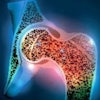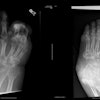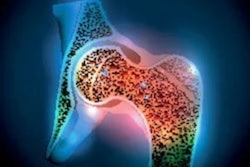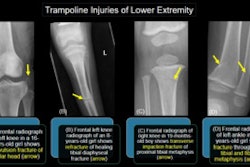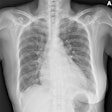Dual-energy x-ray absorptiometry (DEXA) imaging suggests that people with schizophrenia have lower bone mineral density (BMD) and higher rates of fracture than individuals without the condition, according to a study published in Translational Psychiatry.
The results are from a review that included DEXA studies in individuals with schizophrenia and highlight the need for guidelines for preventing fractures in these patients, noted lead author Behnaz Azimi Manavi, PhD, of Deakin University in Geelong, Australia, and colleagues.
“Our findings regarding poor bone health in people with schizophrenia are concerning, given previous studies have indicated that this population experiences more adverse events following a fracture,” the group explained.
Schizophrenia is associated with increased risk of medical comorbidity, including osteoporosis, which is a public health concern due to its significant social and health consequences, the authors wrote in a paper posted on 30 May.
To determine whether schizophrenia is associated with bone fragility, they performed a systematic review and meta-analysis of current evidence and identified 25 studies published between 1997 and 2022 that met the inclusion criteria for the analysis.
In 17 of the studies, researchers used DEXA to assess associations between schizophrenia and BMD. According to the pooled results, people with schizophrenia had significantly lower BMD at the lumbar spine and at the femoral neck, two sites where osteoporotic fractures occur more frequently.
In addition, eight studies investigated fracture risk in individuals with schizophrenia compared with controls without the disease. Of these, 50% reported a significant association between schizophrenia and fracture, the researchers wrote. But when the use of antipsychotics was included in the analyses, the association between schizophrenia and fracture was not sustained, which raises the possibility that the link could be due to medications, the researchers suggested.
“The underlying reasons for the observed increased risk of bone fragility among people with schizophrenia are complex and likely multifactorial,” the group wrote.
Since osteoporosis is often undetectable before a fracture occurs and is associated with multiple detrimental consequences, identifying those at risk of bone fragility is a priority, the researchers wrote. Further study is needed to evaluate the etiology of bone fragility in this population and recognize modifiable risk factors, such as lifestyle or medications to reduce the potential risk for these patients, they noted.
“Importantly, there is a need to develop guidelines for preventing risk factors and predicting fracture in people with schizophrenia,” the group concluded.
The full article is available here.

